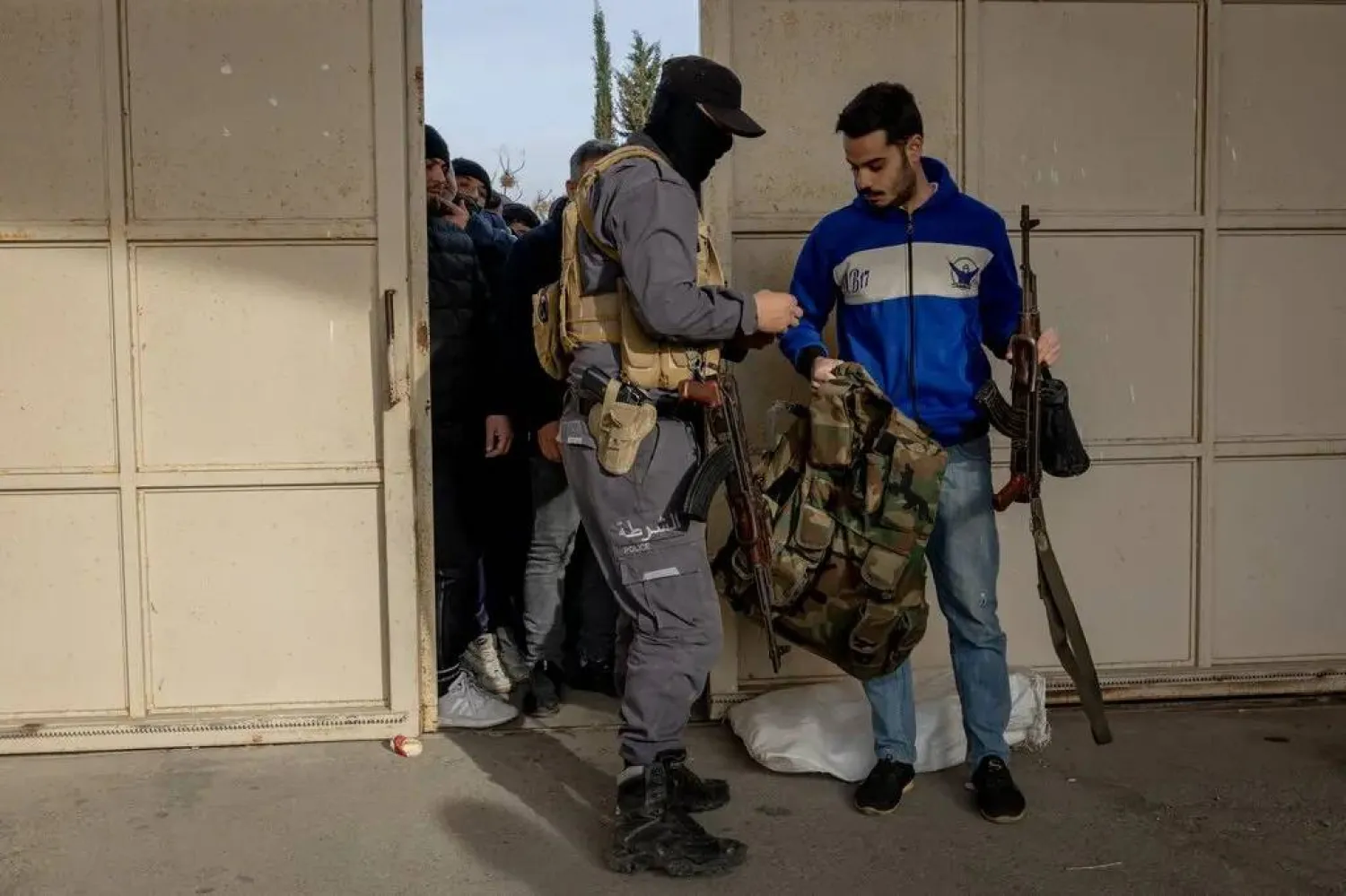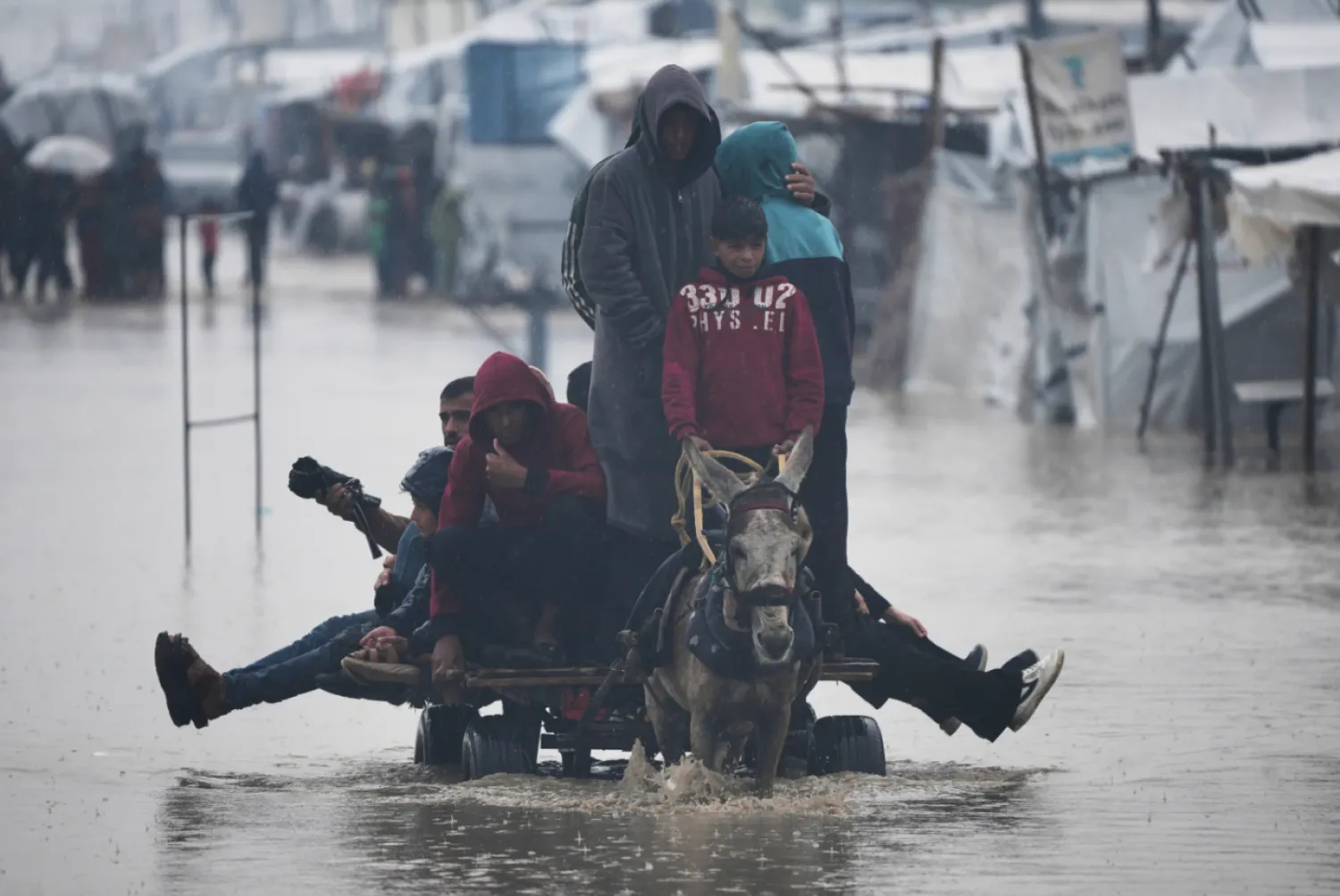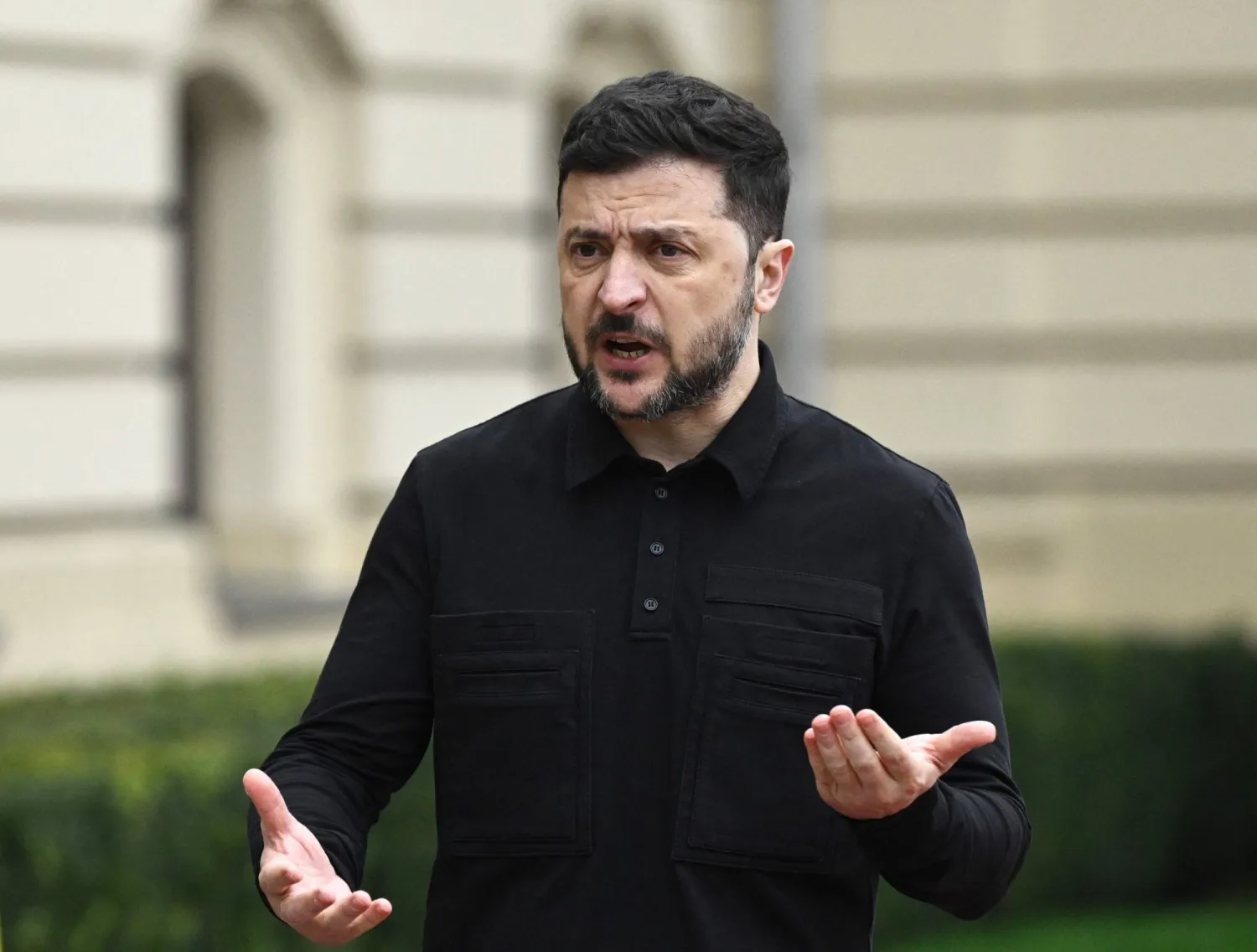The train of normalization of ties bound for Damascus has departed. Still, the dispute remains over how fast it should go, the stops it should make, and the challenges and reforms needed for its railway to reach the Syrian capital.
A few have boarded the train openly, others secretly, while some have booked a ticket and set conditions for them to make the trip. However, many are waiting for the test results, monitoring the regime’s behavior while betting on sanctions and isolation taking effect.
In late 2018, Damascus received the first dose of Arab normalization of ties with the UAE, Bahrain, and other Arab countries, reopening their embassies. They joined a host of other nations like Egypt, Jordan, Oman, Iraq, and Algeria. These countries did not shut down their embassies in Syria, even after the Arab League had suspended Damascus’ membership in 2011.
The Czech Republic was the only European country that kept its ambassador in Damascus to represent both itself and US interests.
Since the spring of 2012, Western countries have either altogether boycotted Damascus and shut down their embassies or resorted to transferring their ambassadors to Beirut for “security reasons” and allowing them to make periodic visits to Syria.
The same applies to Syria’s embassies abroad, most of which have been closed, except for some capitals, which either maintain a good political relationship with Damascus (such as Bucharest) or have international institutions that require the presence of a representative for the Syrian government, such as Vienna, Geneva, Paris, and New York.
The second dose of normalization took place this year, as European countries expanded their contacts with Damascus.
Some countries, such as Cyprus, Greece, and Spain, have extended the stay of their diplomats in Syria or have begun to dust off diplomatic headquarters in Damascus.
More so, Athens agreed to the presence of Syrian diplomats for the first time in years, and Ankara decided to replace diplomats at the Syrian consulate in Istanbul.
Security-wise, most of these countries were establishing or resuming intelligence contacts with Damascus.
Ali Mamlouk, the head of the National Security Bureau, had visited European capitals, including Rome, and stopped by Arab countries either overtly or covertly.
Mamlouk received several western intelligence officials from major European countries and envoys from the previous US administration to investigate the file of the missing US journalist, Austin Tice.
What’s New in Terms of Normalization of Ties?
Today, Damascus is taking its booster shot regarding the normalization of ties with officials taking the relationship beyond its security and diplomatic scope to the open political level. This can be witnessed at ministerial meetings with government delegates in New York when dealing with the Syrian opposition’s delegation is waning.
It can also be noticed through direct contact with President Bashar al-Assad in Damascus.
Previously, several countries avoided political contacts or direct communication with Assad in public.
Some countries even avoided changing their ambassador or appointing a charge d’affaires in Damascus in order not to give the Syrian president any credibility.
Nevertheless, matters appear to have changed now.
Without surprise, Iran and Russia, key regime backers in Syria, sent officials to Damascus to meet with Assad.
Chinese Foreign Minister Wang Yi’s public visit to Damascus, the first in a decade, took place on July 17, the same day Assad was sworn in as president once again. The top Chinese diplomat’s visit symbolically acknowledged the validity of Syrian presidential elections that were otherwise slammed by the West and the local opposition.
As far as communication with Assad goes, Abu Dhabi Crown Prince Sheikh Mohamed bin Zayed phoned the Syrian president concerning “humanitarian” support in the face of the “coronavirus pandemic” in early 2020.
Later, Iraqi President Barham Salih called Assad to explain why he was not invited to a recent summit in Baghdad.
However, what attracted attention was Jordanian King Abdullah II’s phone conversation with Assad a few days ago. The call had different dimensions.
Firstly, it came after the Jordanian monarch had met with US President Joe Biden and Russian President Vladimir Putin in July and August.
Amman revealed that the monarch reaffirmed “Jordan’s support for efforts to preserve Syria’s sovereignty, stability, territorial integrity, and people.”
Secondly, the call comes after King Abdullah telling CNN that the “Syrian regime was there to stay.”
Thirdly, Jordan has hosted the operations room led by the US Central Intelligence Agency (CIA) to train thousands of Syrian opposition fighters against Damascus since 2013.
Fourthly, the call comes after Russia and Jordan succeeded in pushing Syrian opposition fighters in Daraa to surrender and hand over their arms, helping Assad’s government to fully return to the war-torn country’s south.
Fifth, it follows Amman hosting several Syrian ministers, including Defense Minister Ali Ayoub, to review the situation at borders between Jordan and Syria.
Sixth, the call ensues Amman getting the green light from the US to run natural gas pipelines and electricity networks from Egypt to Syria without facing sanctions.
What’s the Difference Between Normalization and Sanctions?
Washington had sanctioned more than 600 Syrian individuals and entities as of mid-2020, when the Caesar Syria Civilian Protection Act went into effect. Meanwhile, European countries sanctioned 350 individuals and entities.
The UK, after exiting the EU, issued its own sanctions list.
According to the Caesar Act, there are seven official stipulations to lift sanctions off Damascus and six political conditions to normalize ties with the Syrian capital. Four of the conditions for normalization date back to before the events of 2011.
Legally, any change to the Caesar Act requires Congress voting. But the US president has the right to suspend all or part of the sanctions for renewable periods not exceeding 180 days, if specific criteria are met:
i. The Syrian and Russian governments cease using Syrian airspace to target civilian populations
ii. Areas of Syria not under government control are no longer cut off from international aid and have regular access to humanitarian assistance, freedom of travel, and medical care
iii. The Syrian government release all political prisoners and allow access to detention facilities
iv. The Syrian government and its allies cease the deliberate targeting of medical facilities, schools, residential areas, and other civilian targets
v. The Syrian government take steps to fulfill its obligations under the Chemical Weapons Convention and the Treaty on the Nonproliferation of Nuclear Weapons, and make “tangible progress” toward becoming a signatory to the Convention Prohibiting Biological and Toxin Weapons
vi. The Syrian government permit the safe, voluntary, and dignified return of Syrians displaced by the conflict
vii. The Syrian government takes “verifiable steps” to establish meaningful accountability for perpetrators of war crimes in Syria and justice for victims of war crimes committed by the Assad government.
What is clear is that “normalization doses” are clashing with the “Ceasar Act virus,” which first demands a strategic change in Syria and a vote in Congress. This explains the cautious steps the Biden administration is taking towards Assad and his government, as well as the public criticism leveled by US officials and legislators against the actions taken by Amman towards Damascus.









